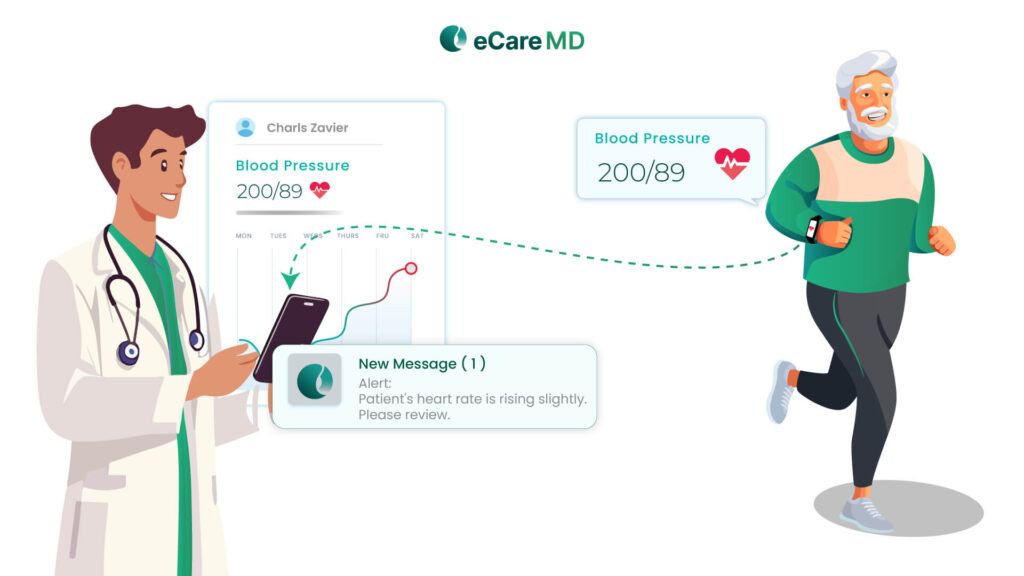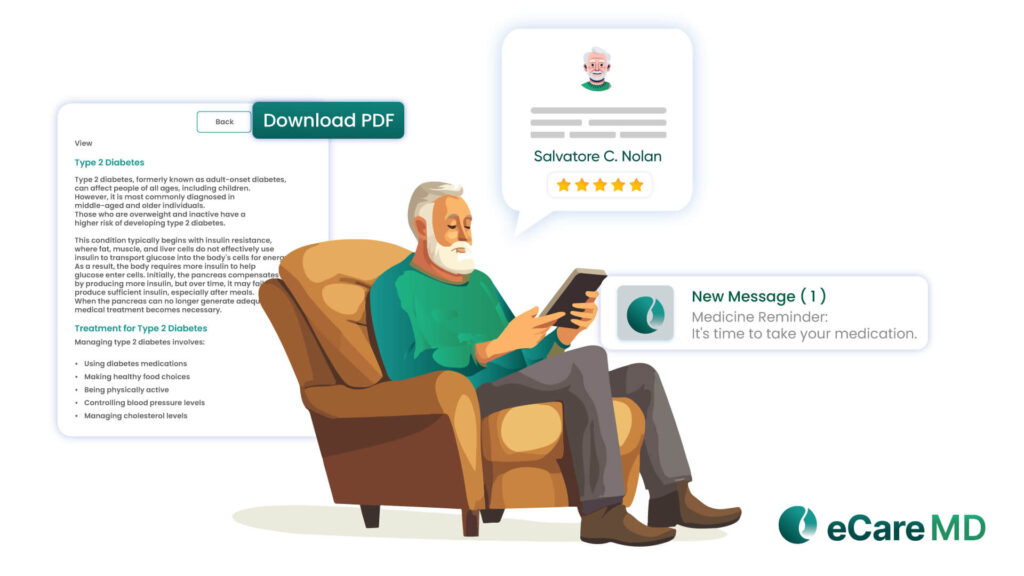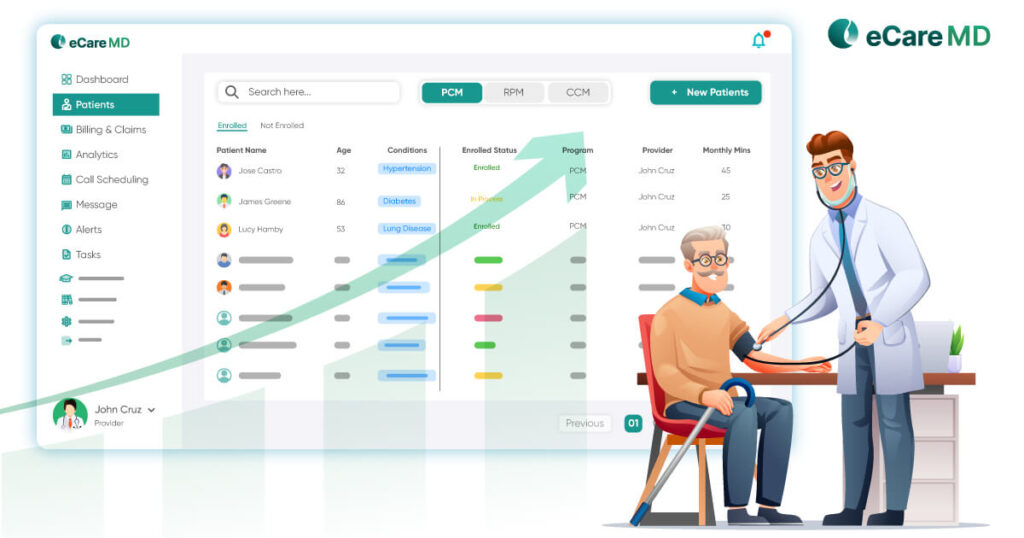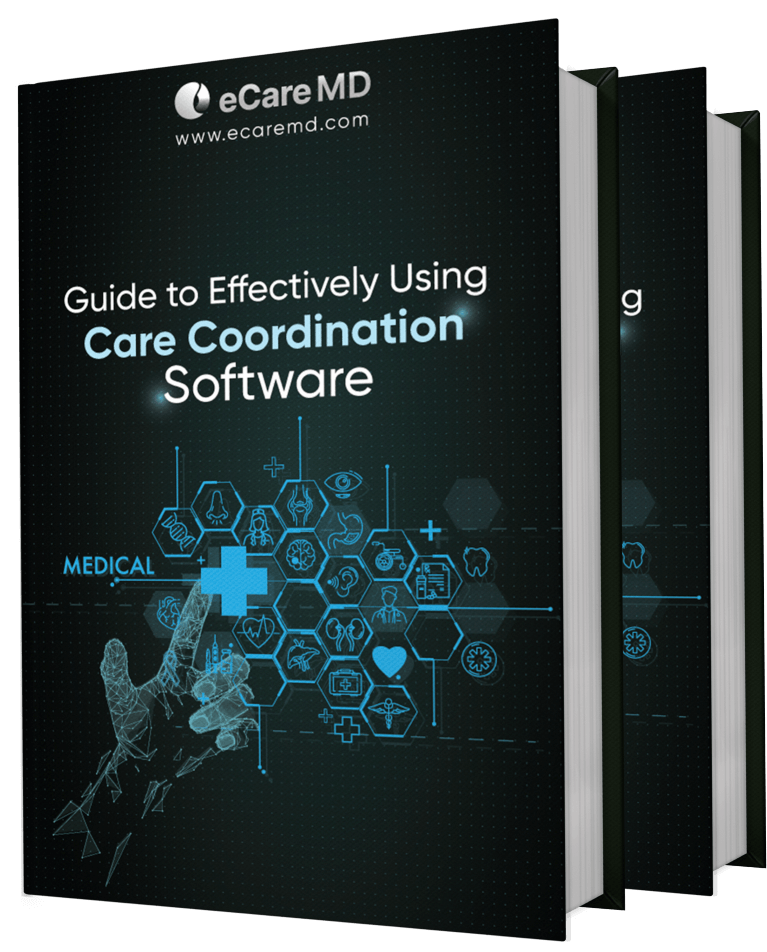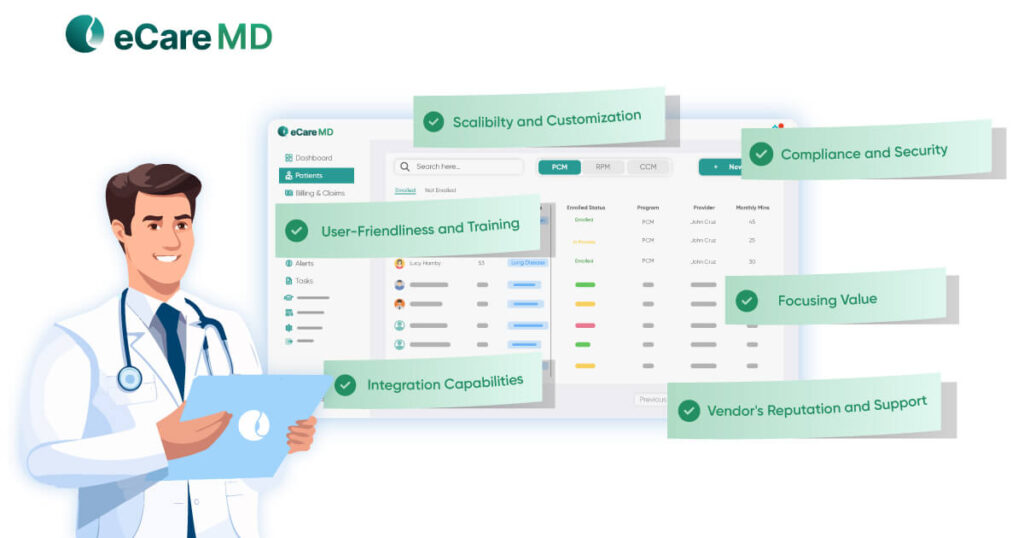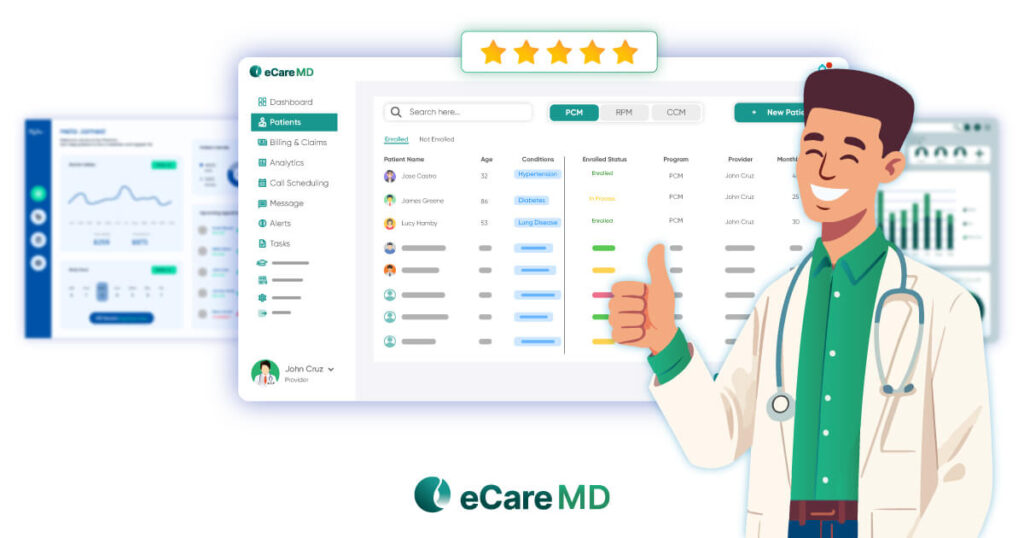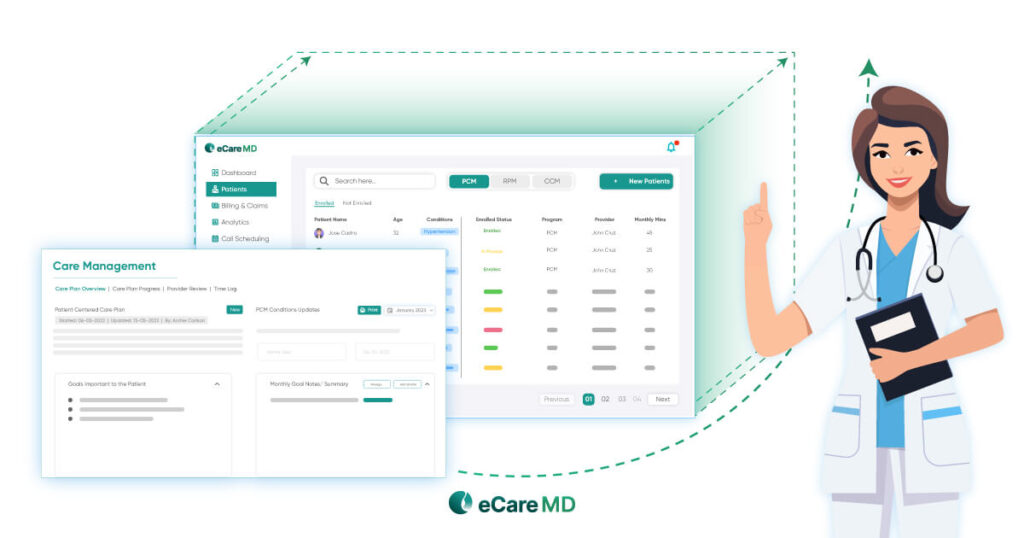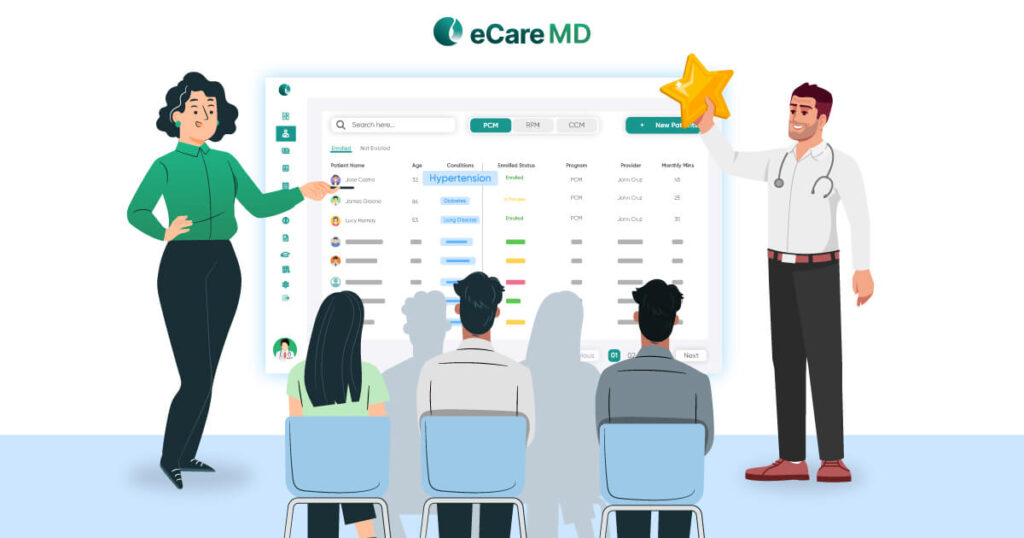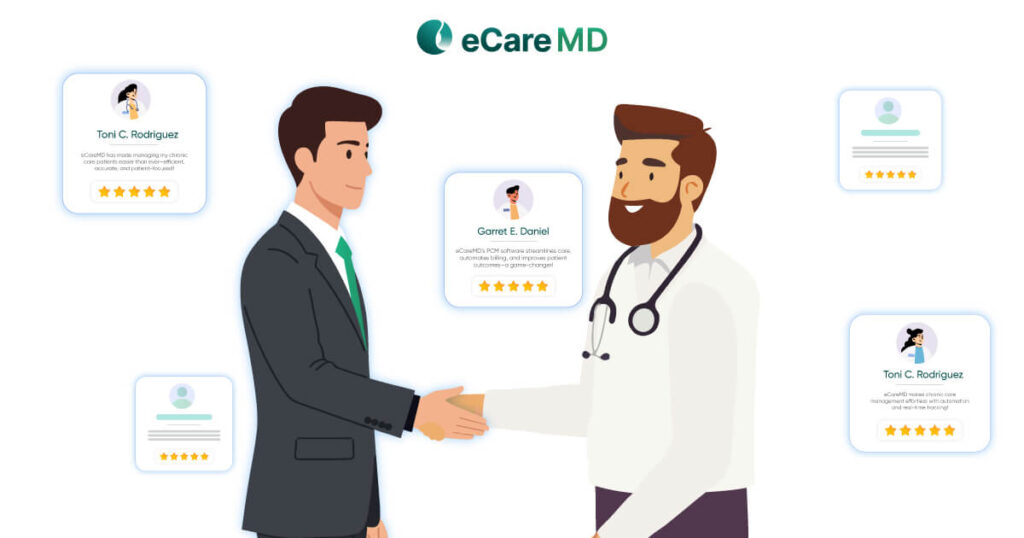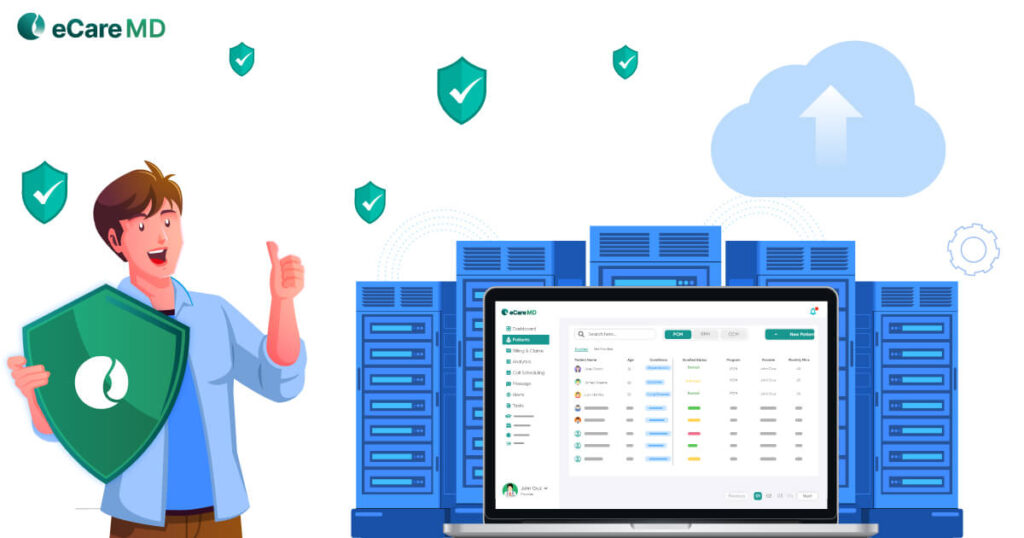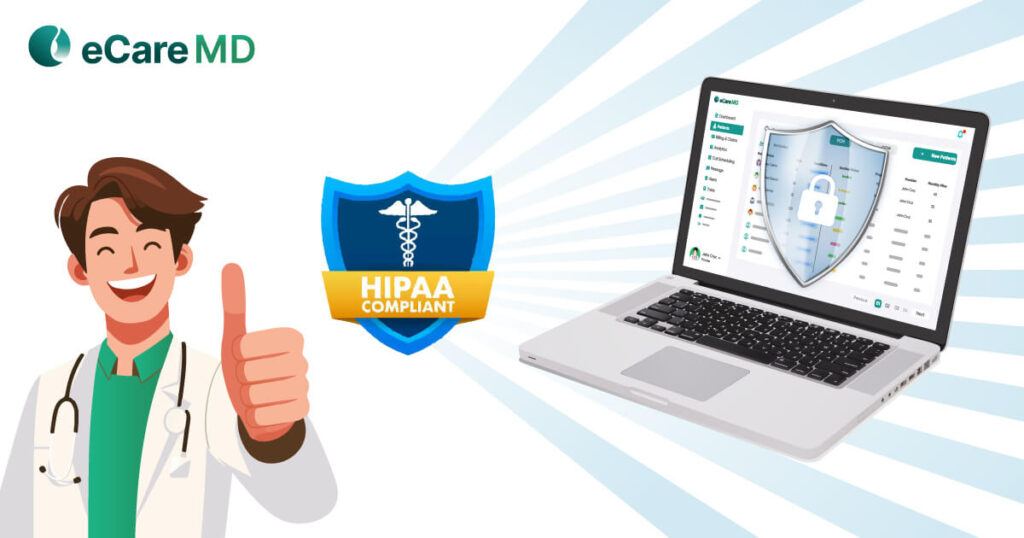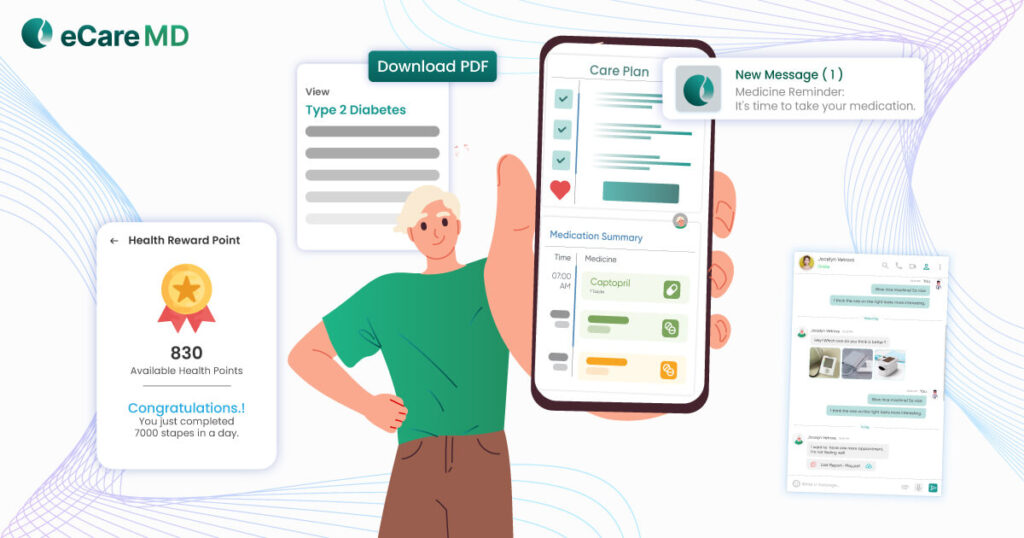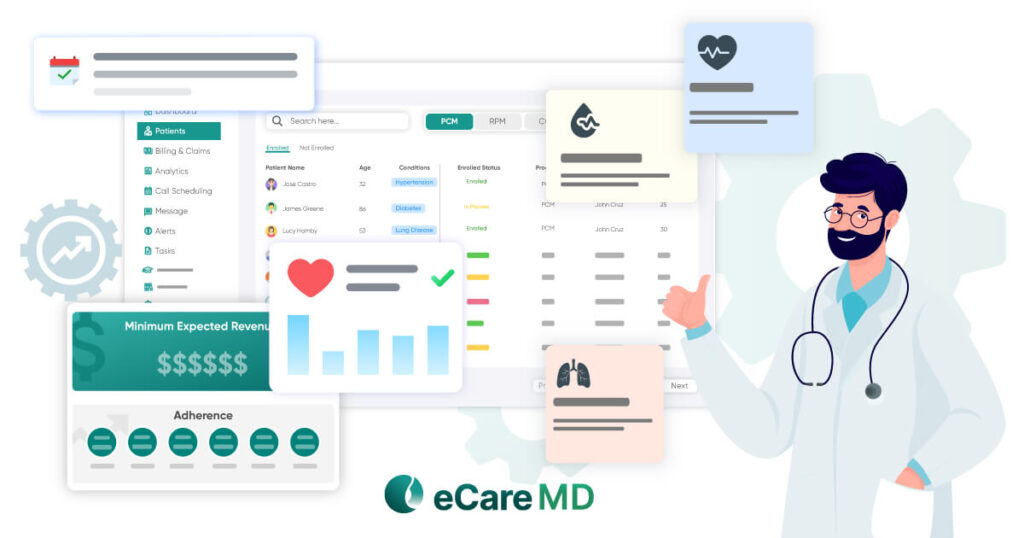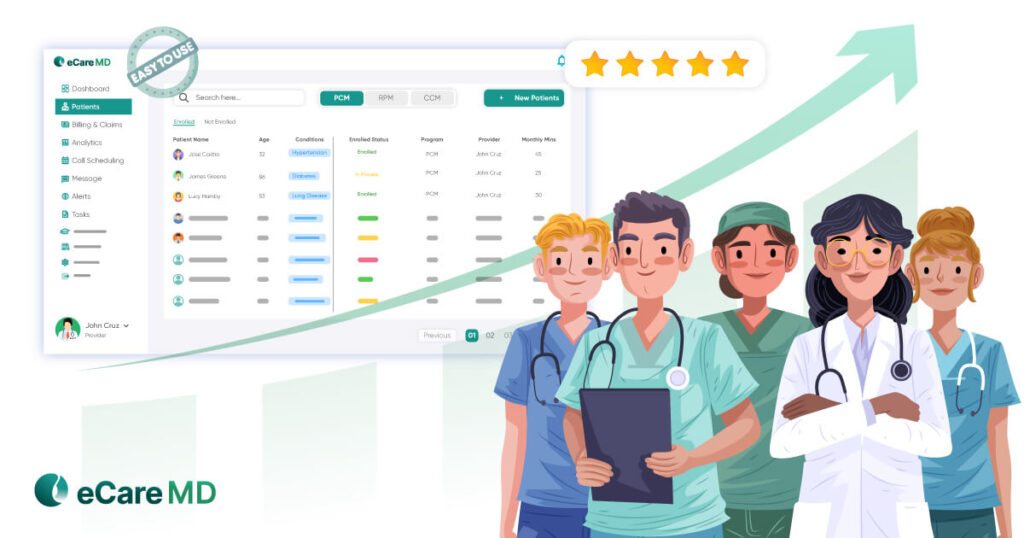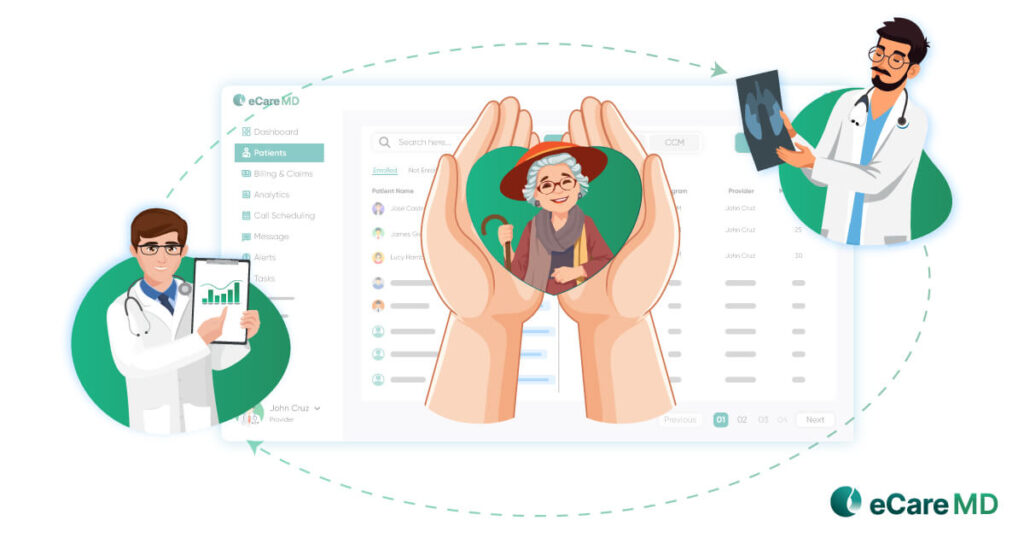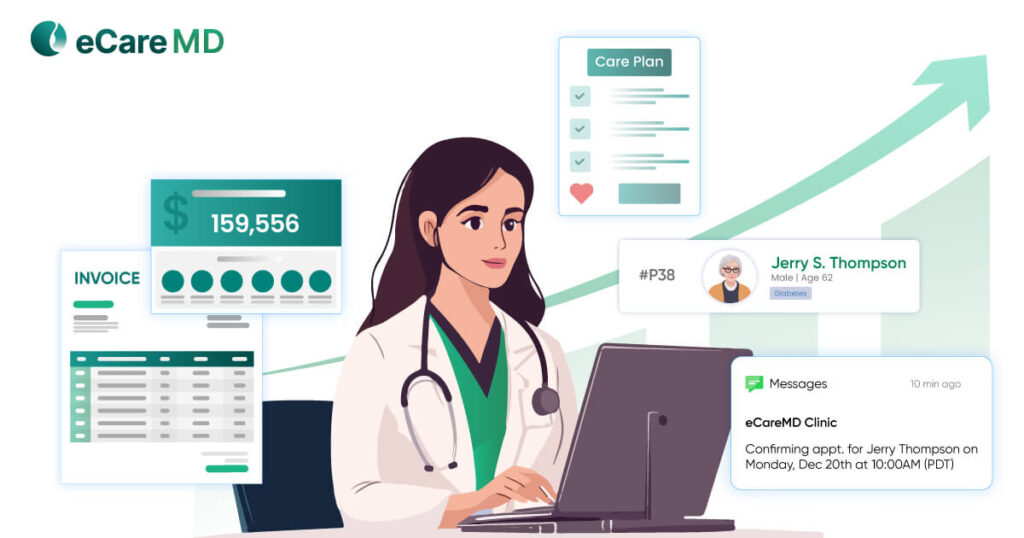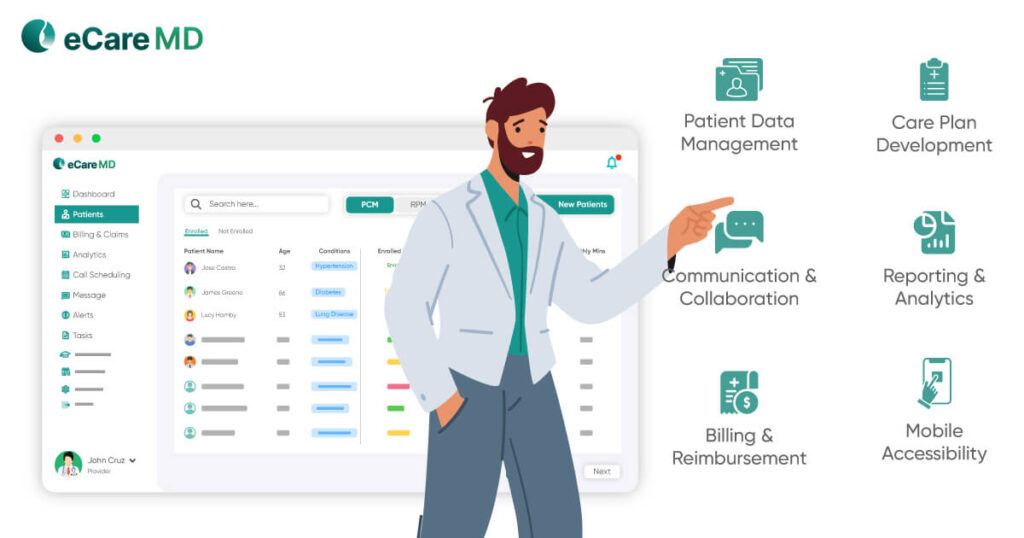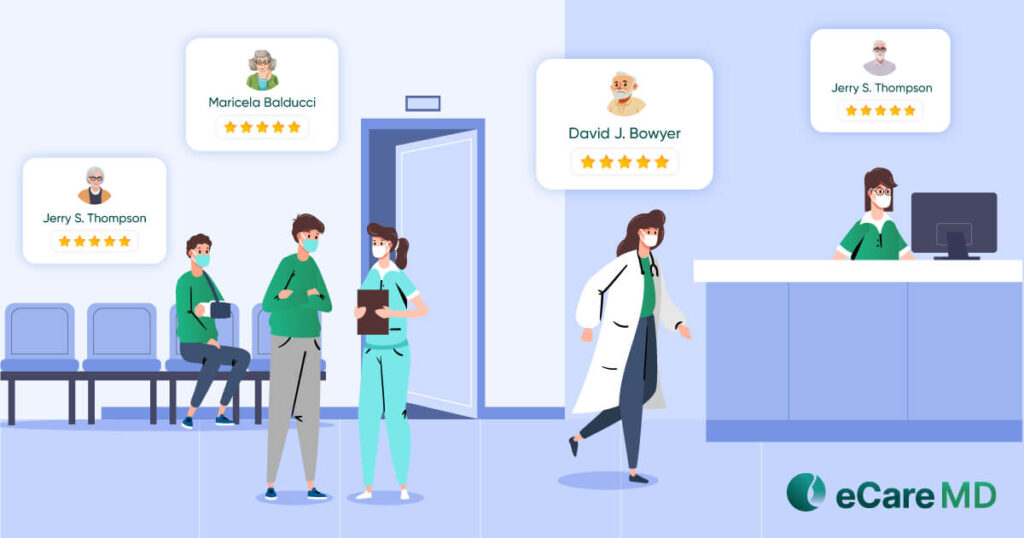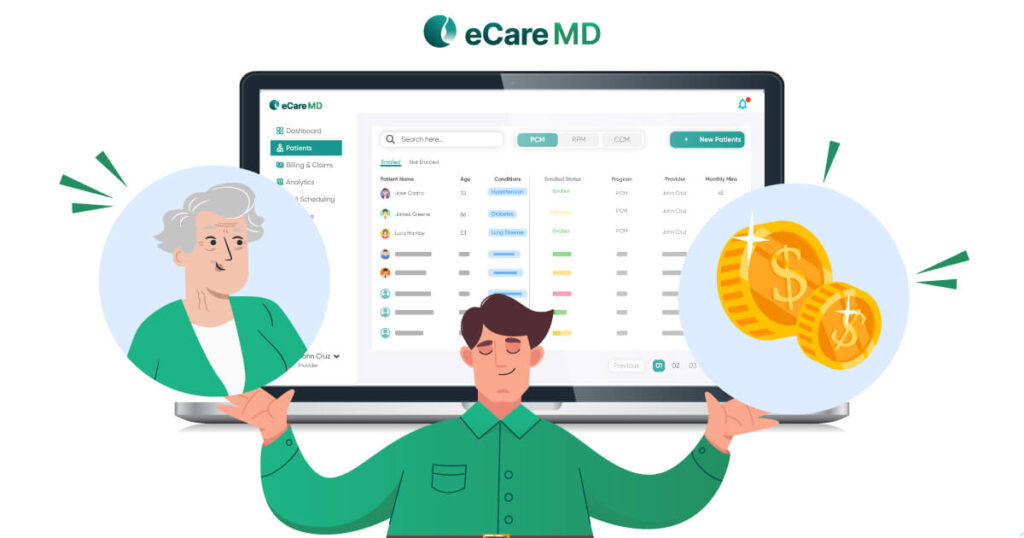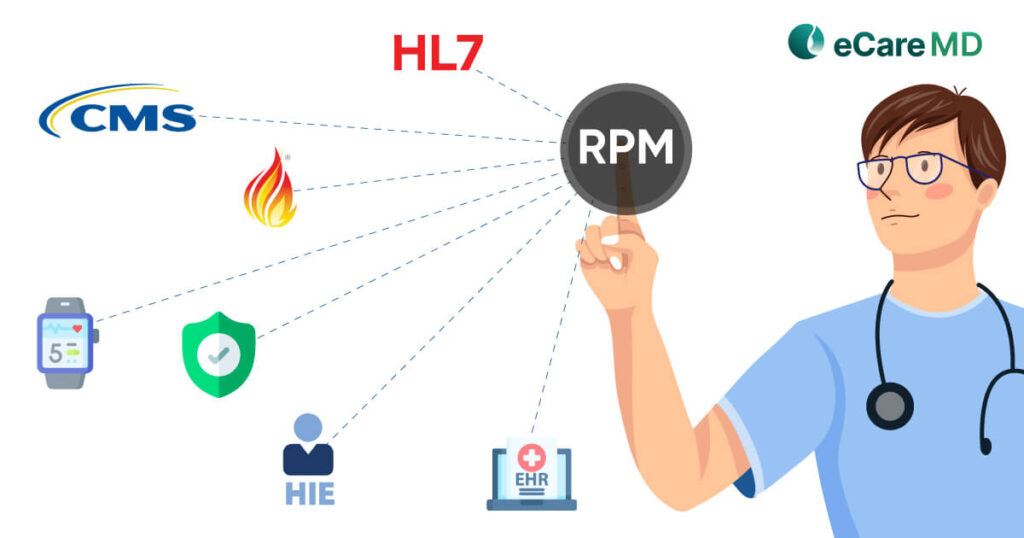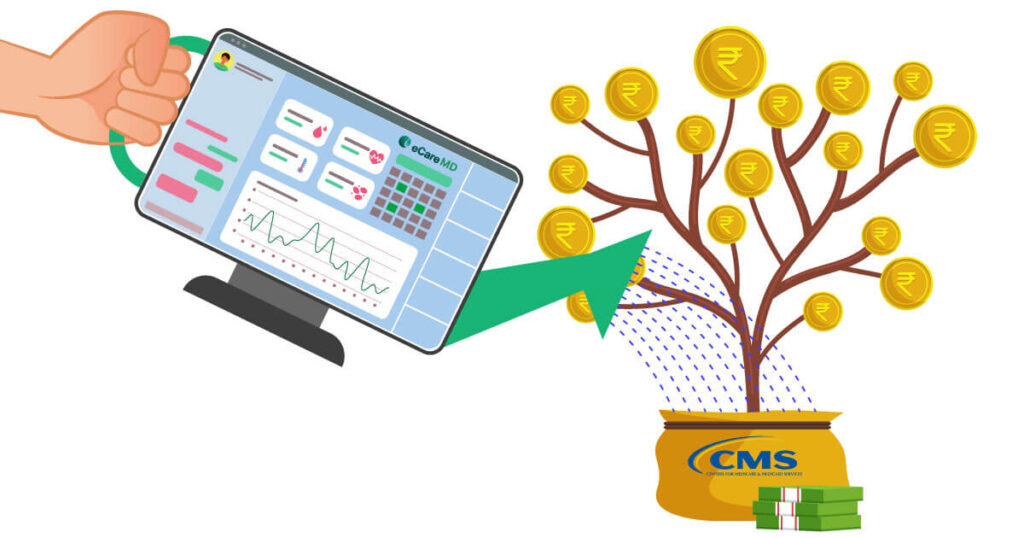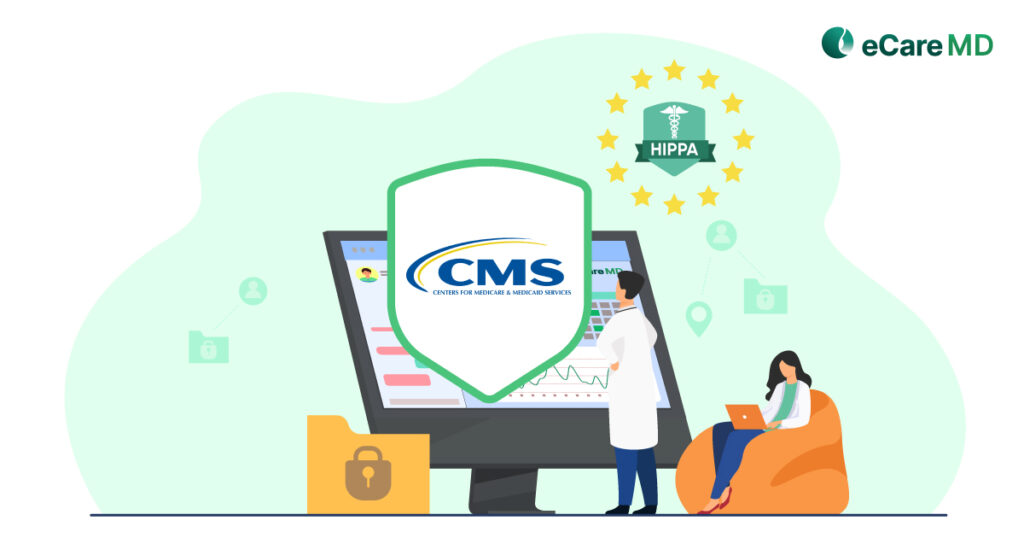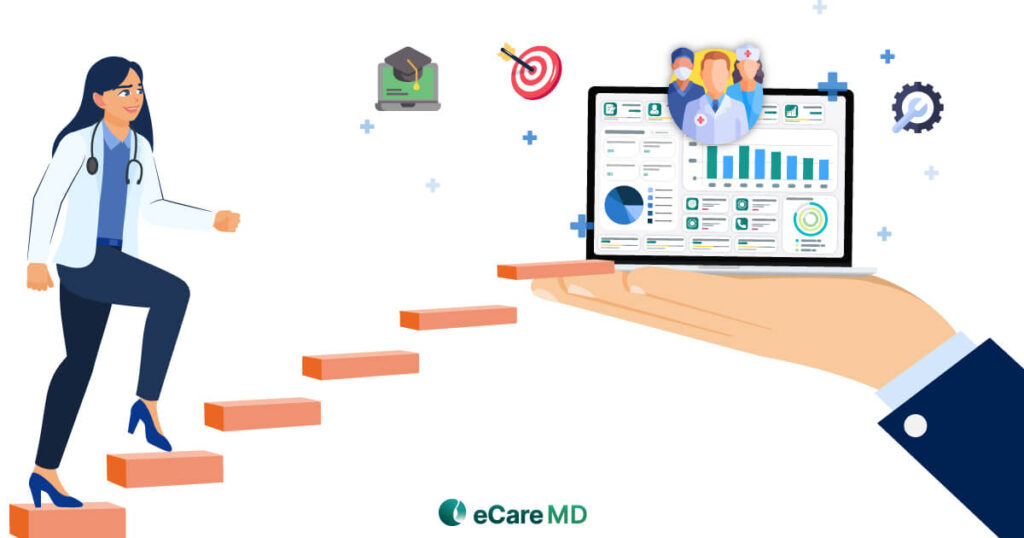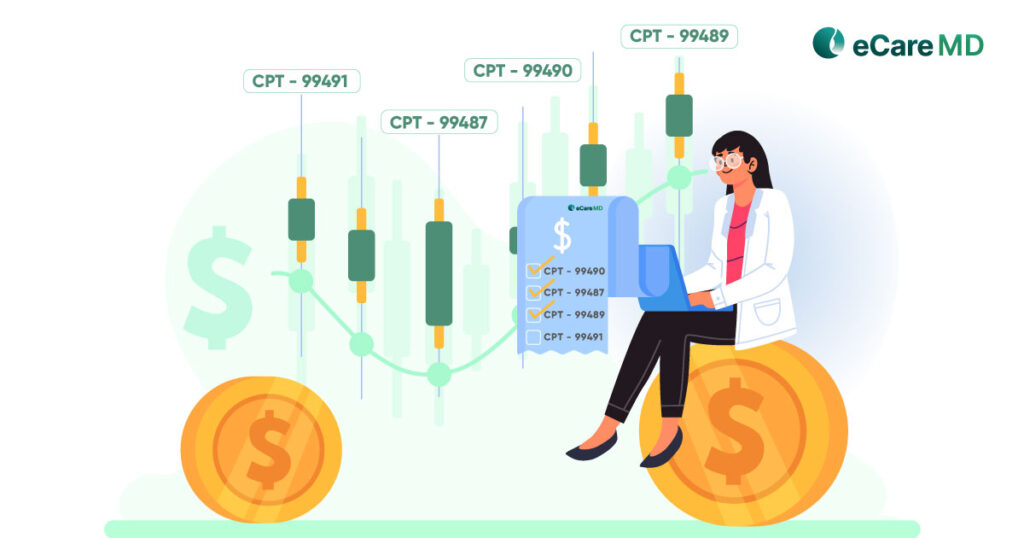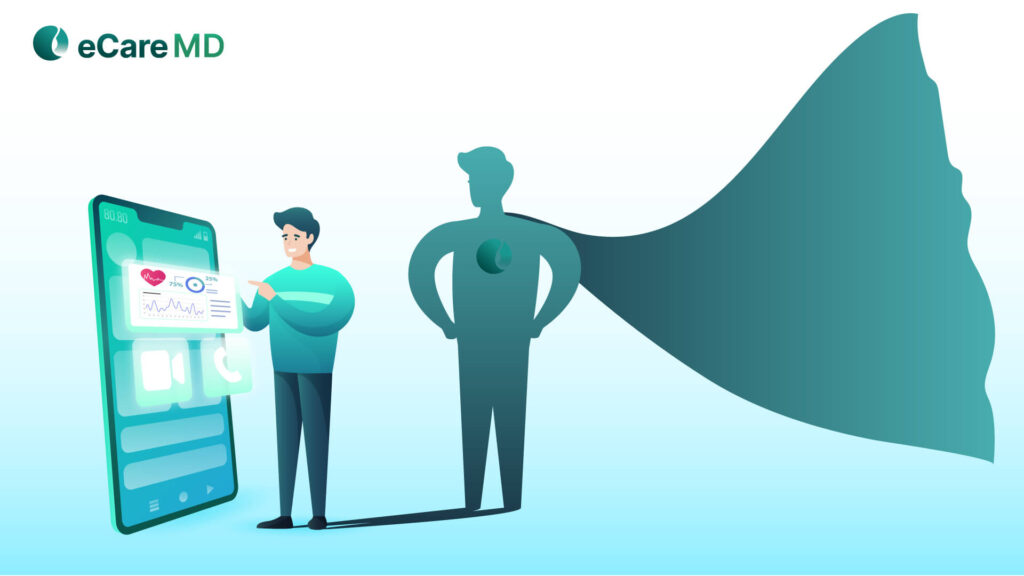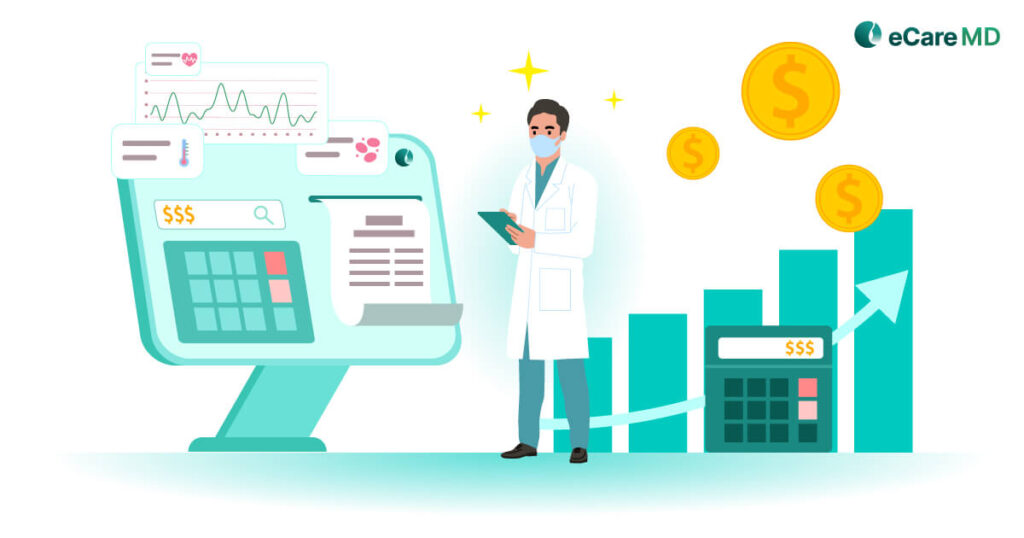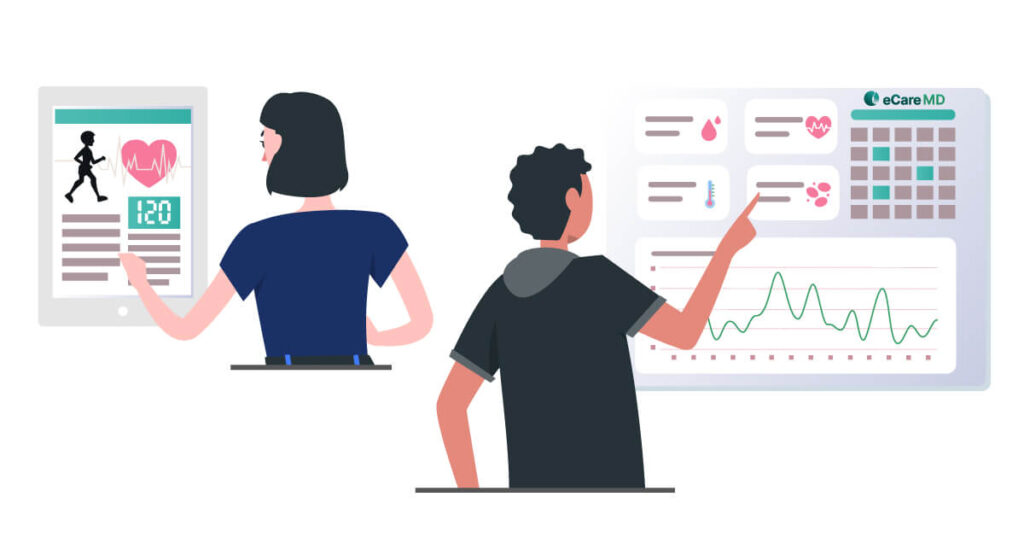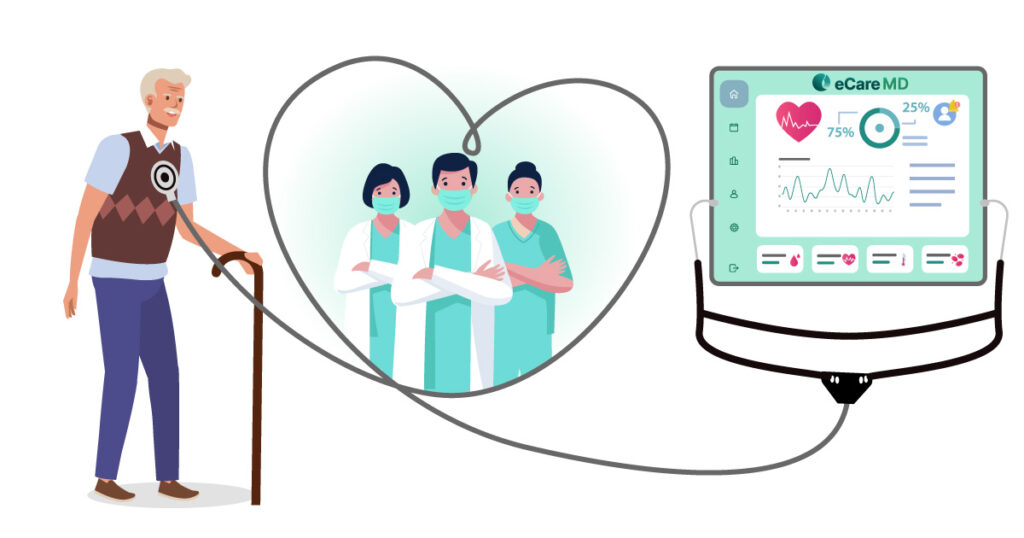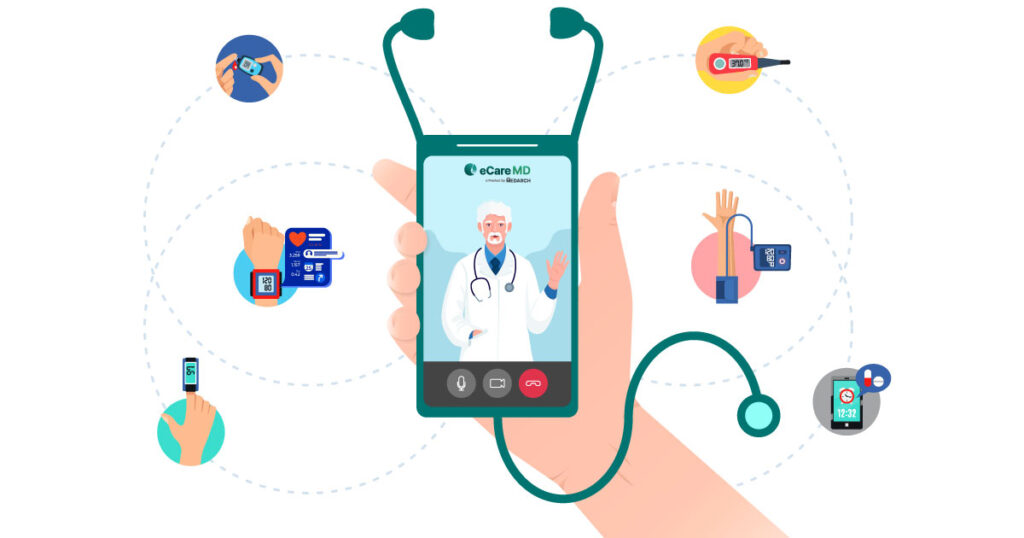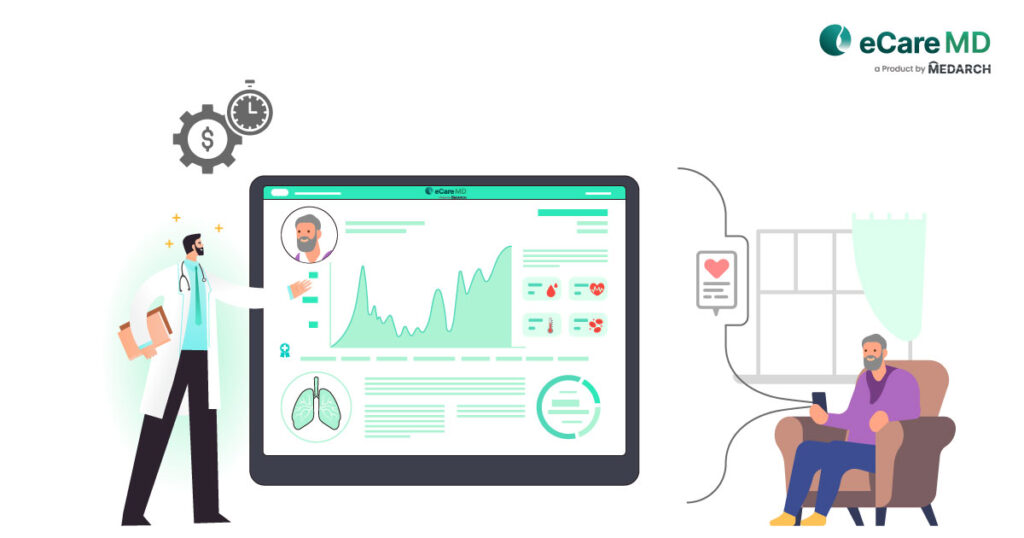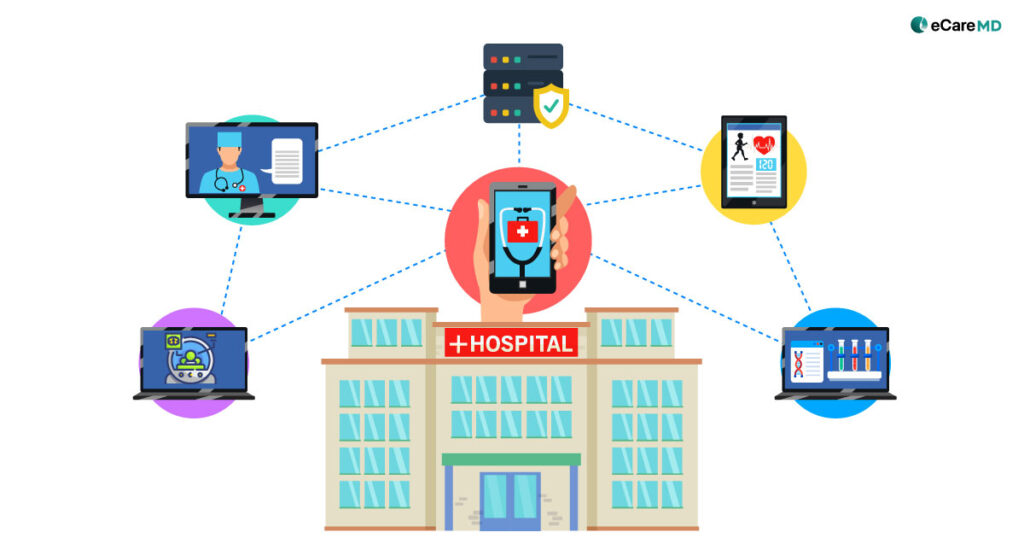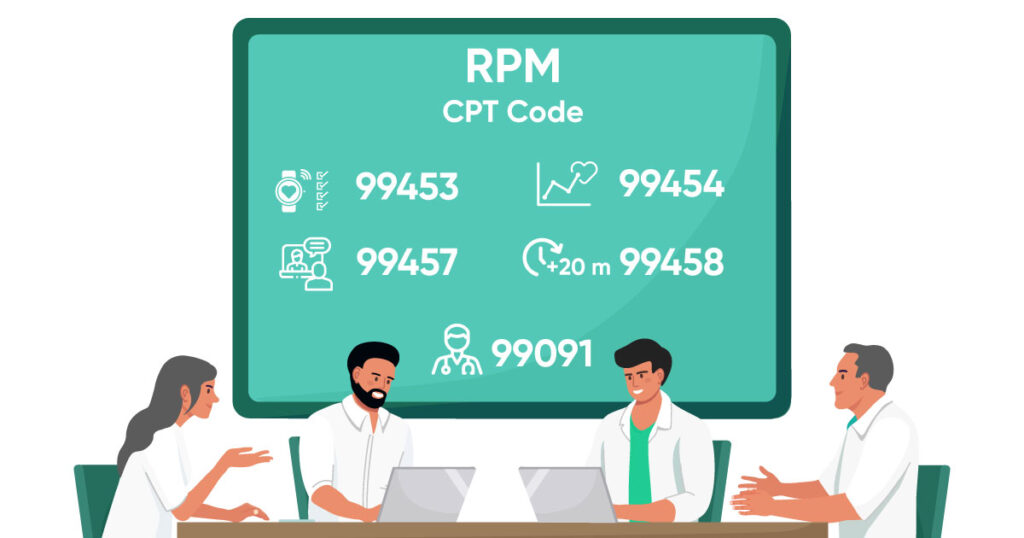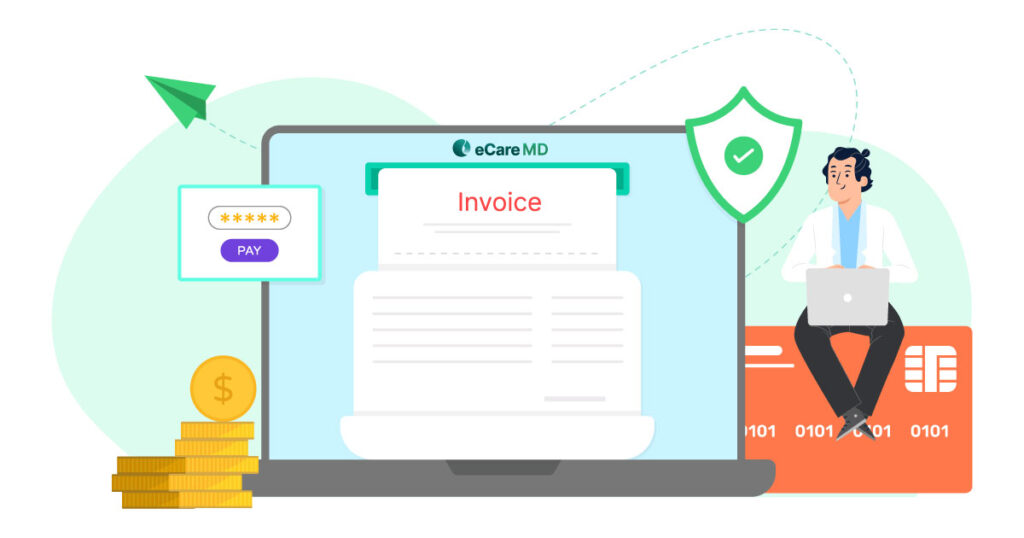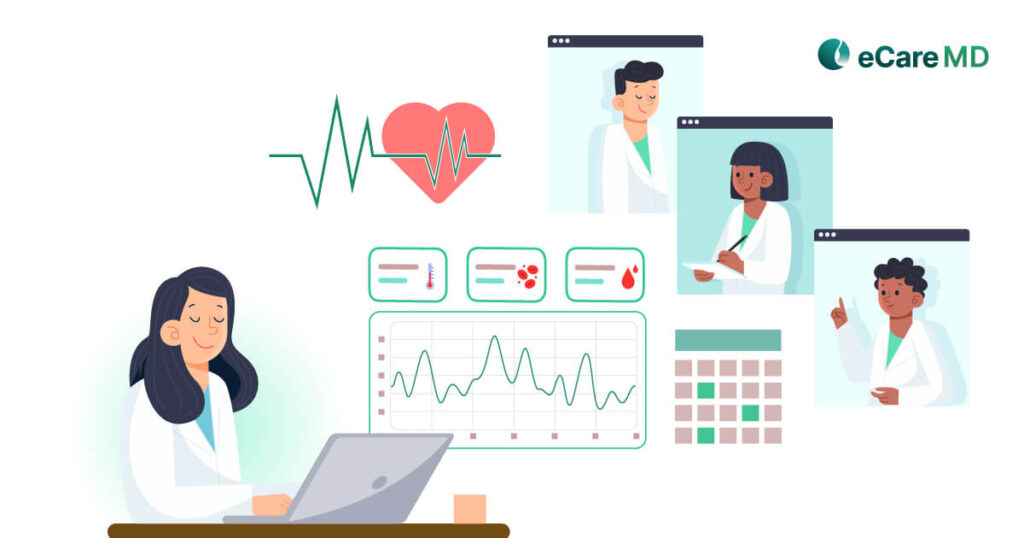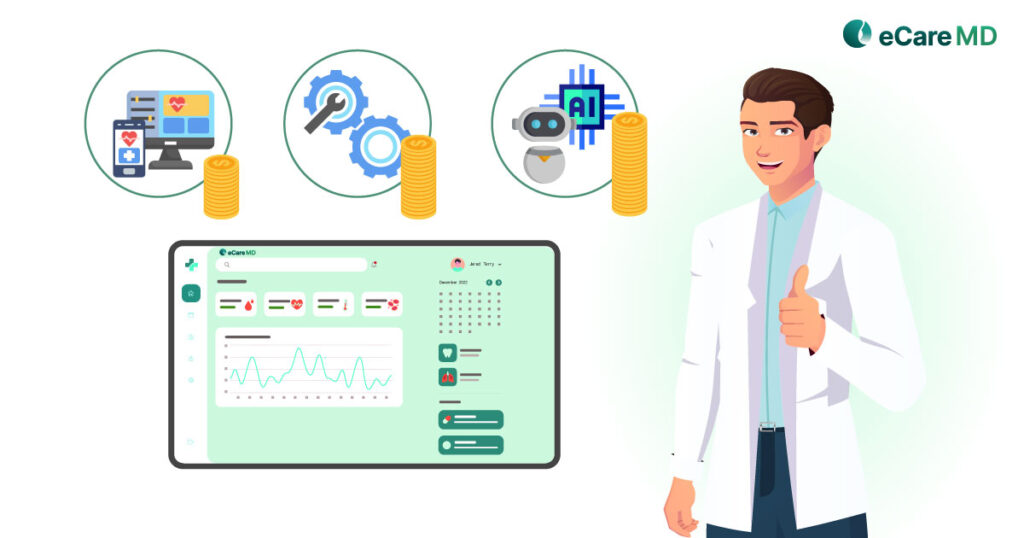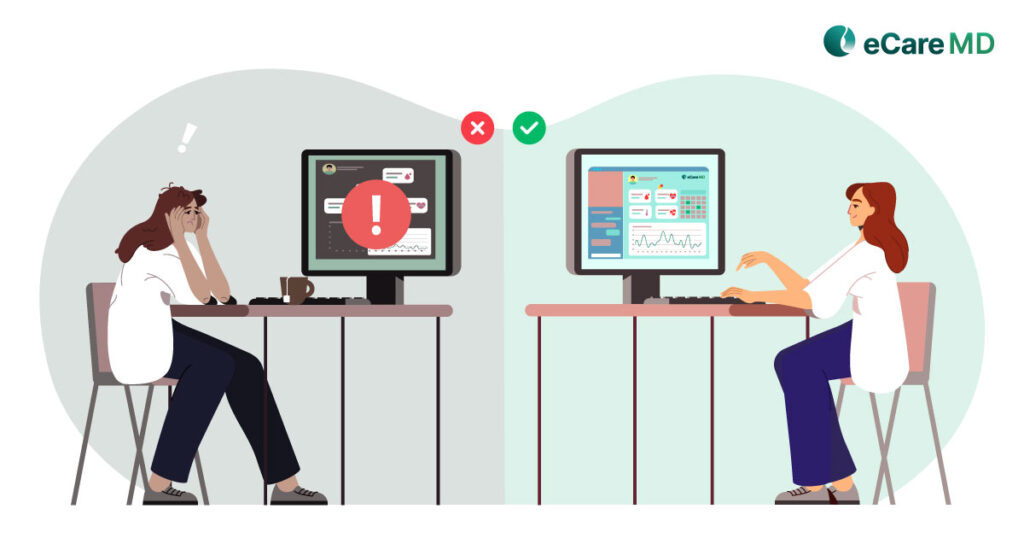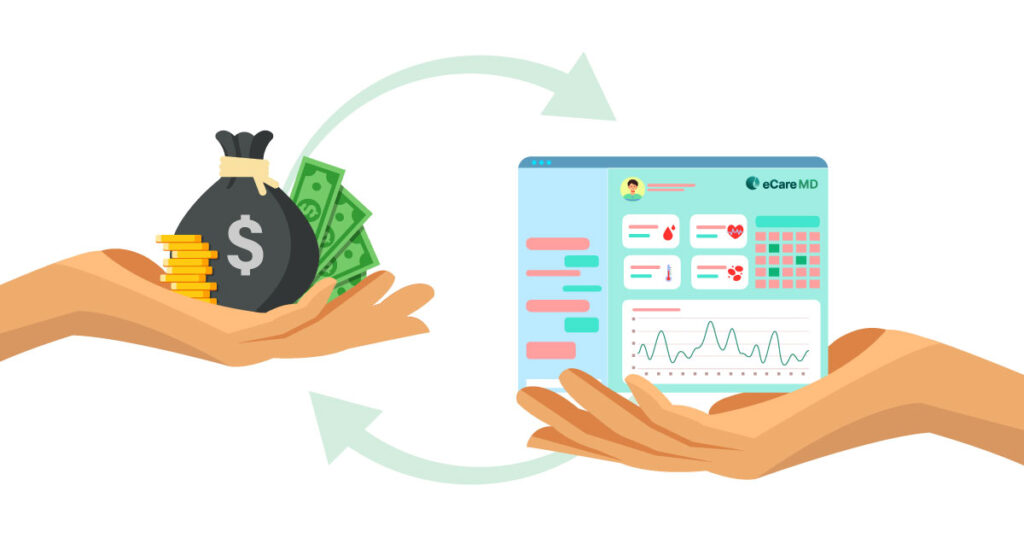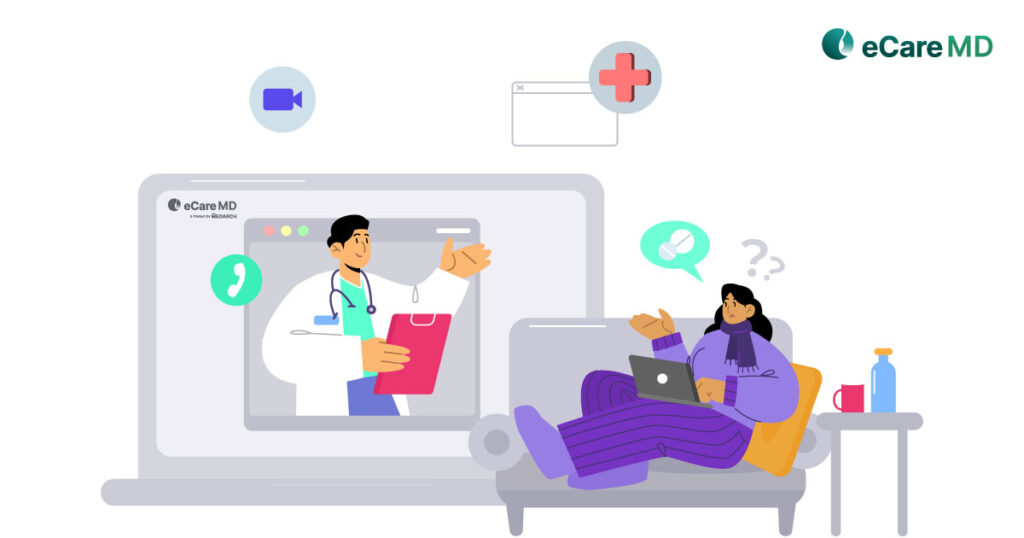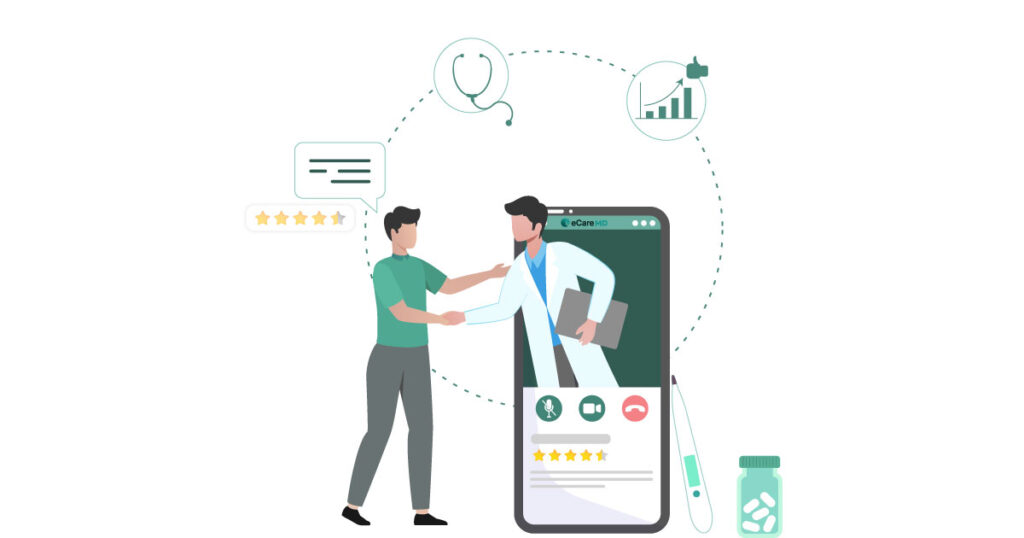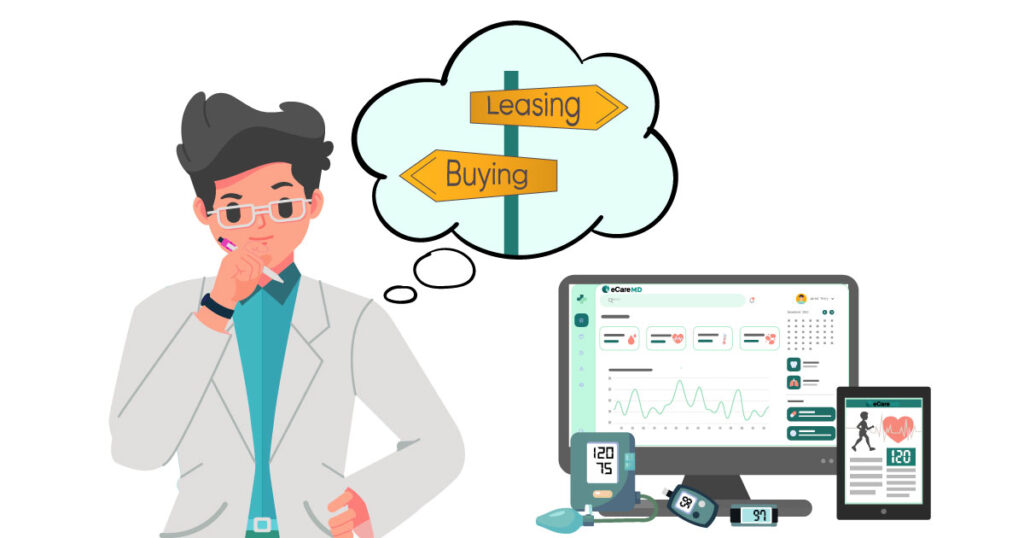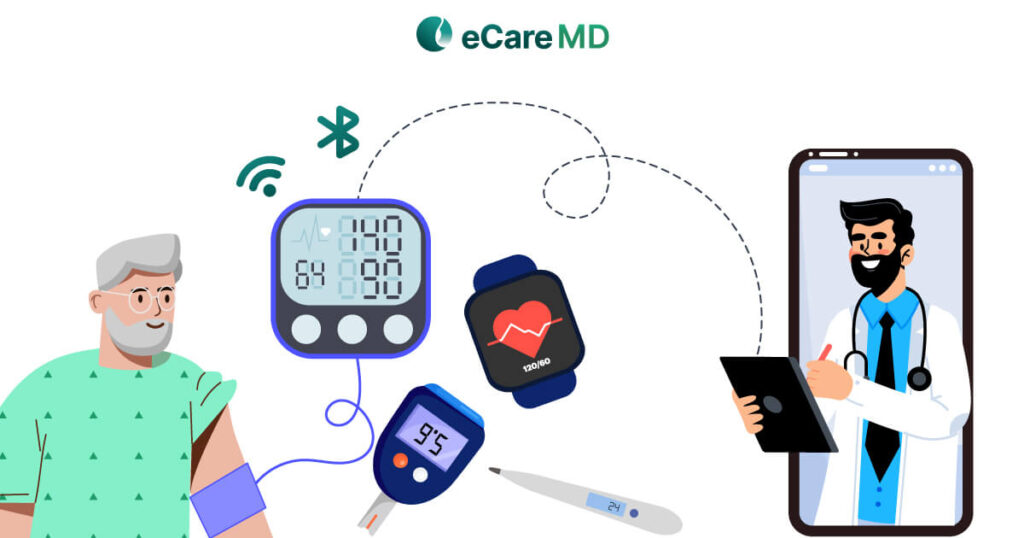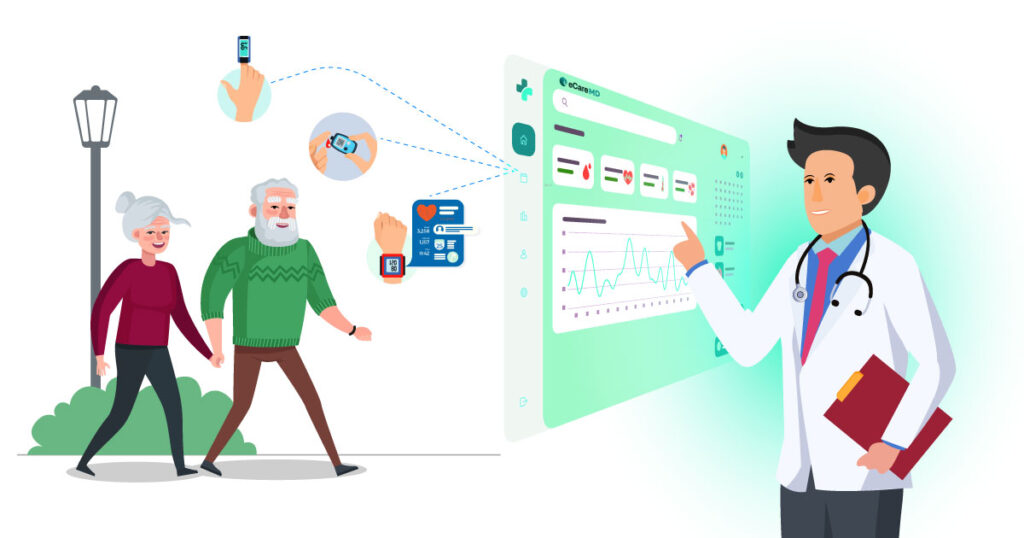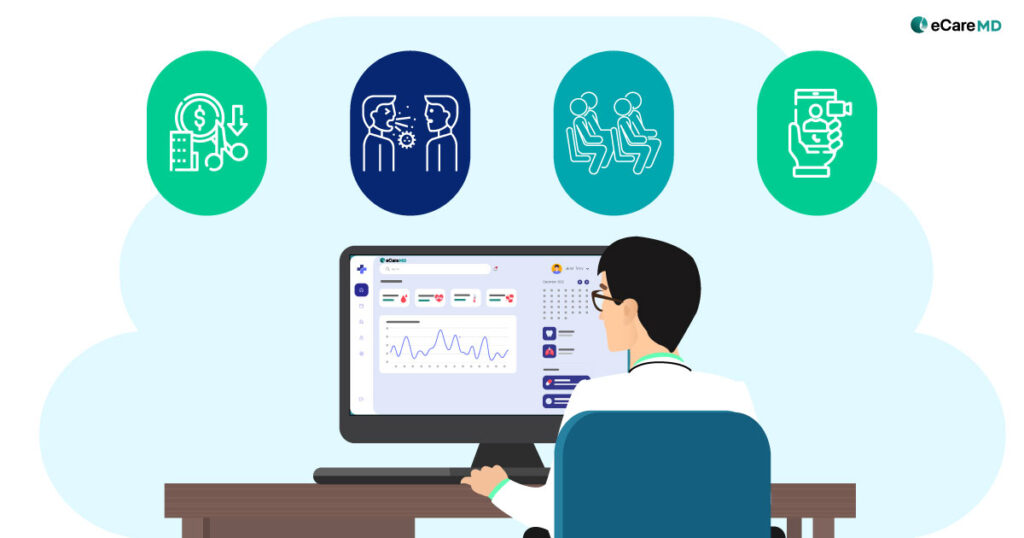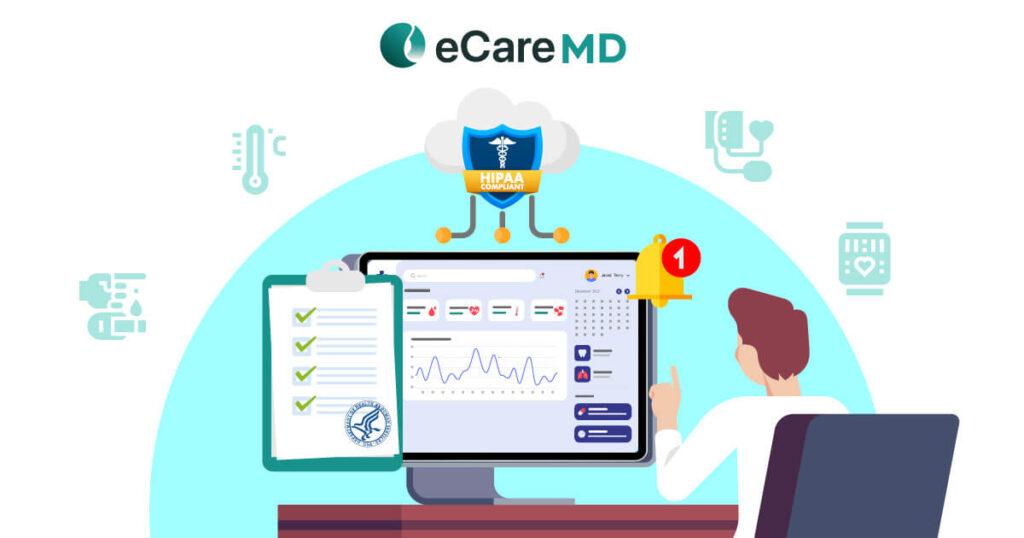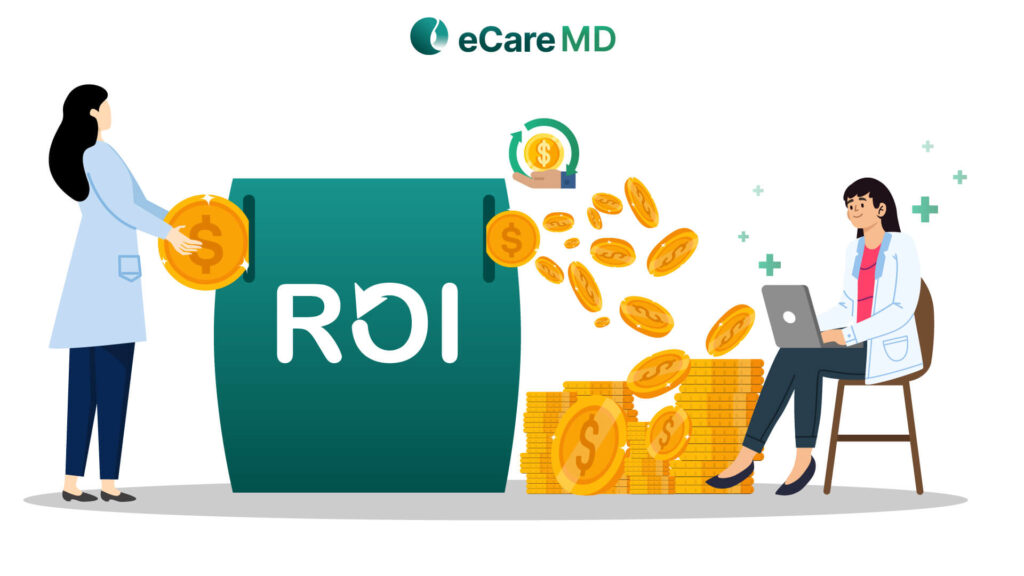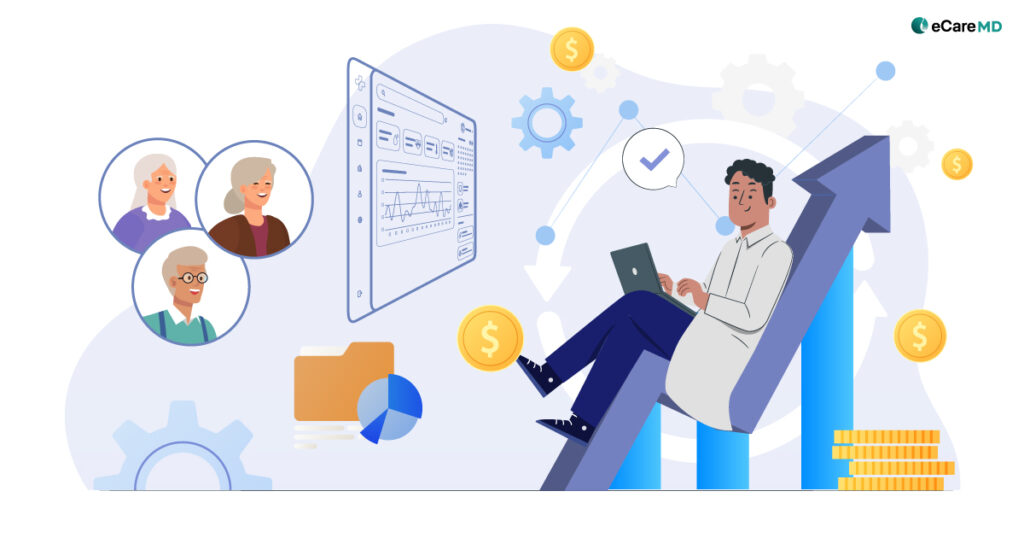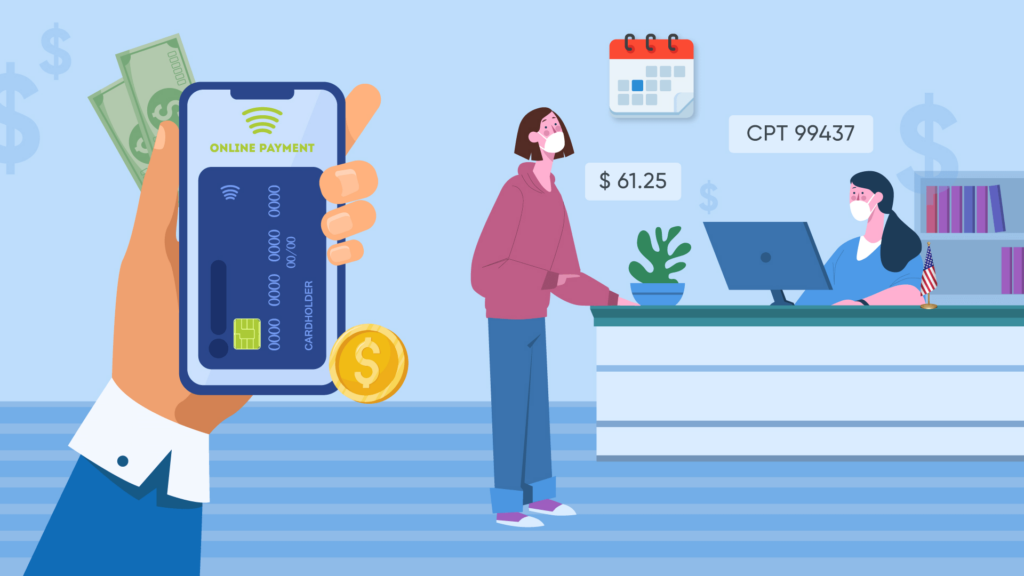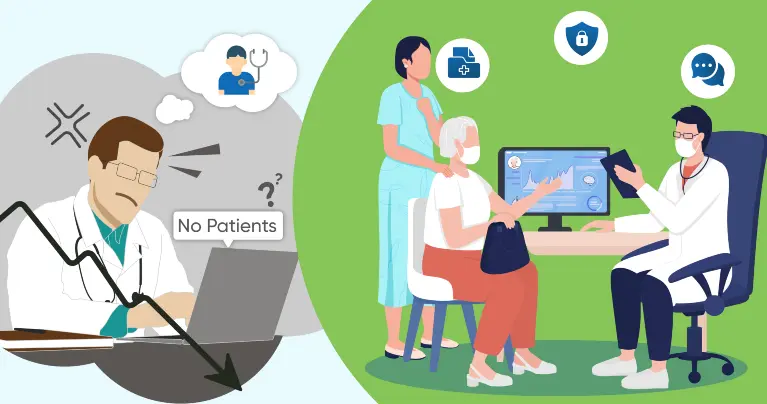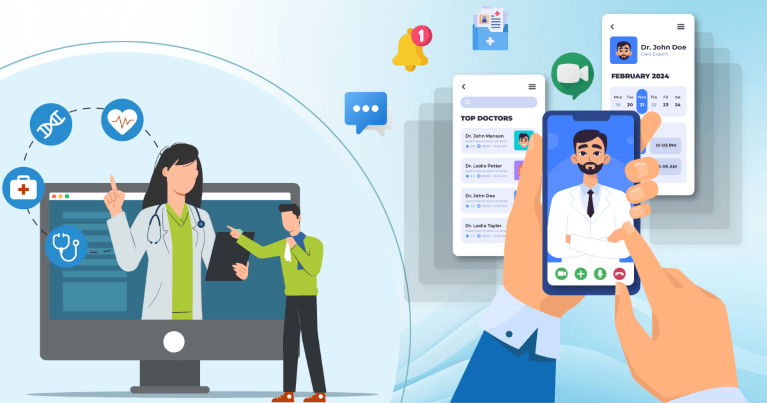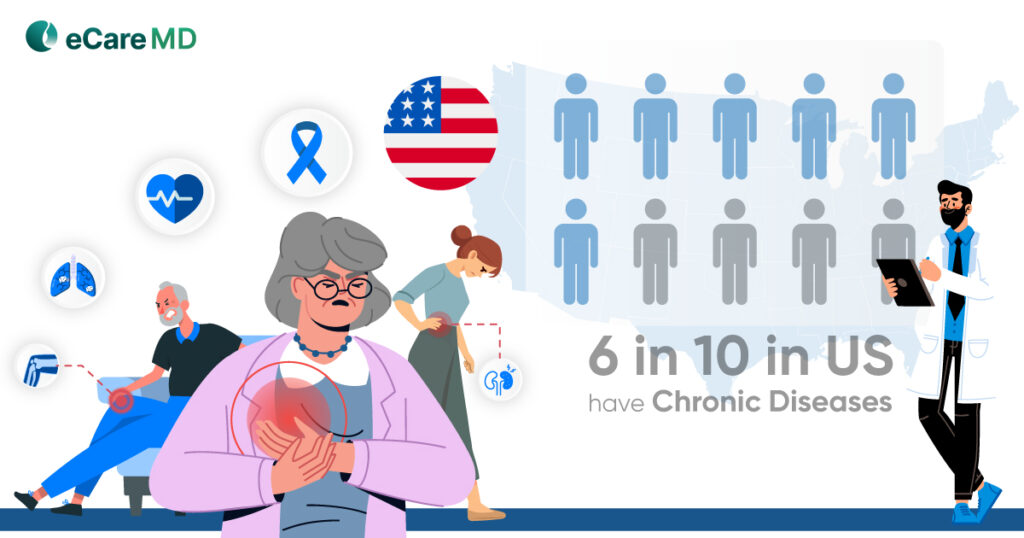Yes, and the result is repeated lab tests, unnecessary treatment, and medications. The reason for miscommunication is the lack of standard communication methods. This also affects chronic care and all the related programs and can lead to severe health consequences for the patients.
To better understand this, let’s take an example of the principal care management (PCM) program that caters to patients with a single chronic condition. Picture this: a patient of the PCM program with diabetes transfers to another care facility or goes to a new provider. Transferring their medical data also becomes important.
But, if the transfer did not proceed smoothly due to the difference in communication platforms, it will lead to wrong diagnoses or repeated tests. In this scenario, this delay in data transfer can lead to unnecessary tests or wrong medications.
But, you also have to remember that no two software solutions are made the same, so choosing the right care coordination software for your specific needs is crucial. But choosing the right software can be confusing and hard, as there are many options available in the market.
This is why, in this blog, we will tell you what features and functions the right PCM software has. So, let’s dive in and explore what you need to know to choose the perfect software for you.
For efficiency and accuracy of the care plan, the availability of the patient’s complete health data is essential. But with the normal way of data sharing, this is not effectively done, and there are chances of data loss or delay in transfer. This is where PCM software solves the problem by bringing a centralized storage for the patient records that makes it easily accessible for providers.
Another benefit of having the right PCM software is that it comes with secure communication tools that make collaboration and coordination seamless. When you use PCM software care coordination tools such as secure messaging and video conferencing, it becomes easier to connect with other providers and share information across the care team.
Along with this, the care coordination software seamlessly integrates with your existing EHRs, enabling you to view the patient records in a single system. Moreover, it also updates all the new information automatically, giving you the ability to look into real-time information of the patients.
But the most important feature of the PCM software is its ability to notify providers automatically. These alerts notify providers immediately if there is a problem with the patient’s vitals or if they cross the set threshold. This feature allows providers to intervene on time and before any complications arise.
With these templates, the need for creating the care plan from scratch is eliminated. You can easily modify the template to fit the needs and health conditions of the patient. But, along with creating an effective care plan, having adherence is also quite important.
Here, automated task assignments and reminders play an important role. The care coordination software keeps both patients and providers in the loop, reducing the gaps in care and enhancing patient engagement.
Additionally, with the patient coordination software integrated with EHR, you can monitor patients’ health in real-time, identifying the areas of improvement and adjusting the care plan. In short, when these tools are integrated, care coordination becomes more efficient, resulting in better patient outcomes and bringing a proactive approach to chronic care.
With the Remote Patient Monitoring (RPM), it has become possible to provide continuous care to chronic patients. RPM has bridged the gap between the patient and providers by removing barriers such as distance, physical inabilities, and many more. Moreover, with the wearable devices integrated with the care coordination software, providers can track vital signs, activity levels, and other health metrics in real-time.
This, when integrated with PCM software, enables proactive care and allows providers to intervene on time. Additionally, with real-time data collection and analysis, providers can identify complications before they become critical. This results in improved patient outcomes and prevents repeated hospitalization.
Furthermore, ensuring the security and privacy of patient data is as important as keeping the patient healthy. This is why the PCM software is designed to protect the data whether at rest or in transmission with the help of robust security measures. By adopting RPM in your patient coordination software, such as PCM software, you can deliver better, data-driven care.
When it comes to medical billing and reimbursements, it becomes quite a complex process when done manually. But with automation in PCM software, it becomes an easy and hassle-free process as it tracks and records all the time spent on the PCM activities. With the process automated, the risk of errors and missing billable services is almost eliminated, along with the process being optimized.
The PCM software brings another advantage to the table, and that is smart documentation tools, which make the whole claim submission more precise. With these tools, you can easily create detailed, audit-ready reports that align with the billing guidelines, increasing the chances of claim acceptance. Moreover, this streamlined process further simplifies the reimbursement process, reducing delays while maximizing the revenue of your healthcare organization.
Additionally, with automation and the involvement of technology, along with improving efficiency, it also makes the process transparent. These tools help you in making sure that you are up to the standard and meeting the necessary billing thresholds without increasing your workload. In short, with the billing and reimbursement process optimized by the care coordination software, you can improve financial sustainability without compromising the quality and patient-centered care.
When it comes to improving patient involvement and engagement, there is no better option than patient portals. They are easy to access and handle, and anyone can use them, whether patients or providers. With this, patients can easily look into their medical records and care plans, and they can directly contact providers.
It also provides them with the needed educational resources, which help patients make necessary lifestyle changes. They become more aware of their health, and their family members can also take better care of them.
Along with this, you can take their feedback through surveys, suggestion boxes, or one-on-one meetings if possible. These inputs are helpful in knowing what features are performing well and which ones need to be improved. For example, if your patient portal is too complex to navigate, then this feedback will let you know, and you can design it to be user-friendly.
As a healthcare organization grows, it needs software and technology that can grow with it. And this is where cloud-based software solutions come into the picture. These solutions offer the flexibility and scalability that a growing healthcare organization needs to keep up with the practice needs and patient demands.
When you use a cloud-based PCM software, you can access the patient data easily and securely from anywhere, anytime. This accessibility of the patient coordination software makes it possible to provide continuous care and keep all the clinical workflows running smoothly.
Moreover, the cloud-based PCM software boosts the interoperability and connectivity between two disparate healthcare systems. This ensures that there are no delays in data sharing and data duplication does not happen, reducing the need for repeated tests.
Another best thing is its customizable dashboards, which enable you to easily input and display data for each patient. This makes the data analysis much easier and accurate, and you can make more data-driven decisions, improving patient outcomes as a result.
Finally, with a hospital comes multiple roles and responsibilities; the care coordination software makes it easy to distinguish between these roles. With a cloud-based software solution, it becomes easier to provide only the needed access and keep the other patient data safe and private from unauthorized access.

